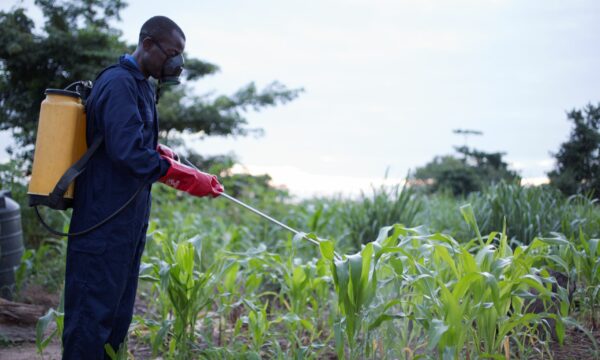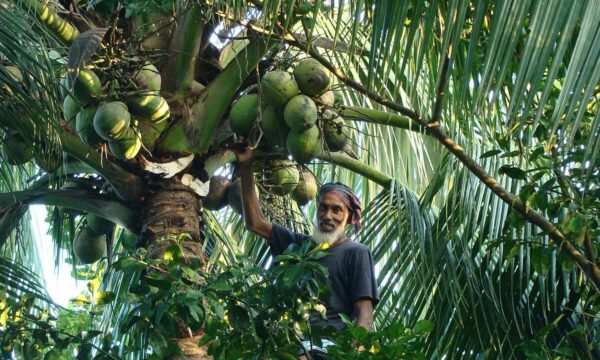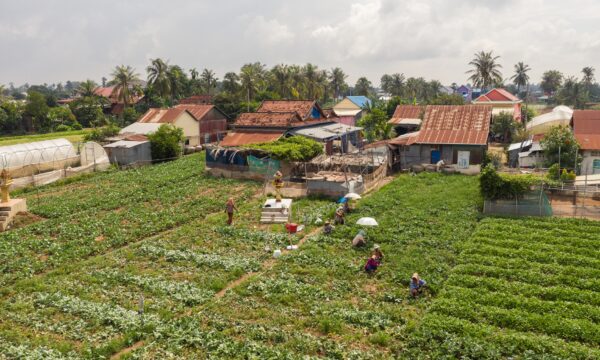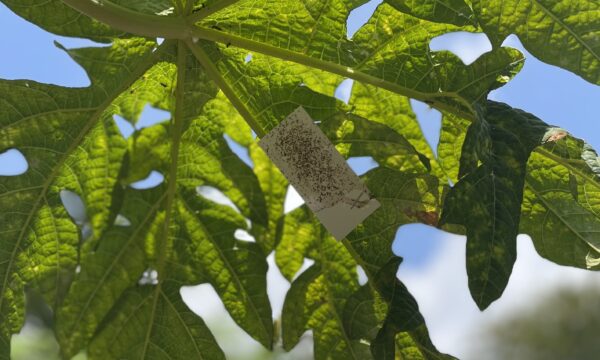In 2019, Kenyan farmers first started reporting instances of the invasive apple snail (Pomacea canaliculata) infesting rice paddy nurseries. Thanks to speedy action by the Kenya Plant Health Inspectorate Service (KEPHIS) and the Ministry of Agriculture, intervention actions were rolled out across the country. Importantly, these interventions spread awareness of the new invasive pest and the threat to rice farmers.
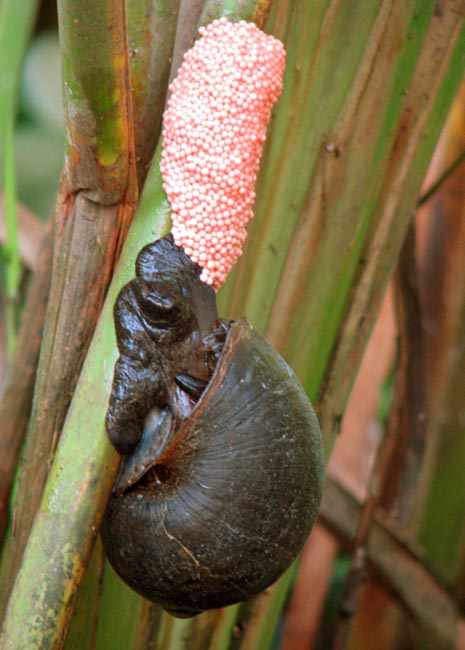
Invasive apple snail, a destructive species
The IUCN/GISD lists the invasive apple snail among its 100 most damaging invasive species. The snail usually lives in waterways feeding on young rice seedlings or shortly following transplanting into paddy fields.
P.canaliculata is native to South America but over the last 40 years, the freshwater snail has spread across North America and Asia. One adult snail can destroy one square meter of rice in a single night, with females able to lay up to 3,000 eggs overnight. What is more, the hatched snails have a 90% survival rate and can live for up to four years. As a result, they are extremely devastating invasive pests.
Research conducted on invasive pest
KEPHIS, in collaboration with CABI’s PlantwisePlus programme, conducted numerous studies, confirming the presence of the apple snail within the Mwea irrigation scheme. This water system produces roughly 70% of the country’s rice and covers paddy fields of more than 11,000 farmers. As a result, it is valued at $123 million.
At the start of the 2022 short rain season, Kenya’s Ministry of Agriculture and CABI held capacity-building workshops for representatives across Kenya’s rice farming regions. After that, the information shared was implemented in plant health rallies in Western Kenya to promote cultural practices to prevent new infestations. Subsequently, CABI and KEPHIS scientists published their findings confirming the presence of the invasive apple snail in the CABI journal, CABI Agriculture and Bioscience in March 2021.
Viable biopesticide needed
Unfortunately, the identification of a viable biopesticide is a lengthy procedure. Scientists need to carry out detailed studies to confirm the environmental impacts. In the meantime, advisors are recommending farmers remove water immediately from rice fields after irrigation as wetting and drying is the most effective known strategy for preventing the snail pest. Notably, farmers report that this practice makes farms safe from the pest after three weeks. At this point in the snail’s lifecycle, young snails can no longer feed on rice seedlings.
If you would like to read more on the subject, please see the links below:
New CABI research confirms presence of highly invasive apple snail in Kenya.
Rice-eating apple snail wreaks havoc in Kenya.
BBC Focus on Africa: Scientists find water snail putting people at risk of meningitis
Related News & Blogs
How do pest risk registers address the spread of plant pests in Africa?
Pest risk registers can help to solve problems in agriculture, addressing the growing global threat of plant pests. Moreover, changing weather patterns, led by rising temperatures, are causing them to reproduce faster and expand into new regions. In ad…
10 July 2025

